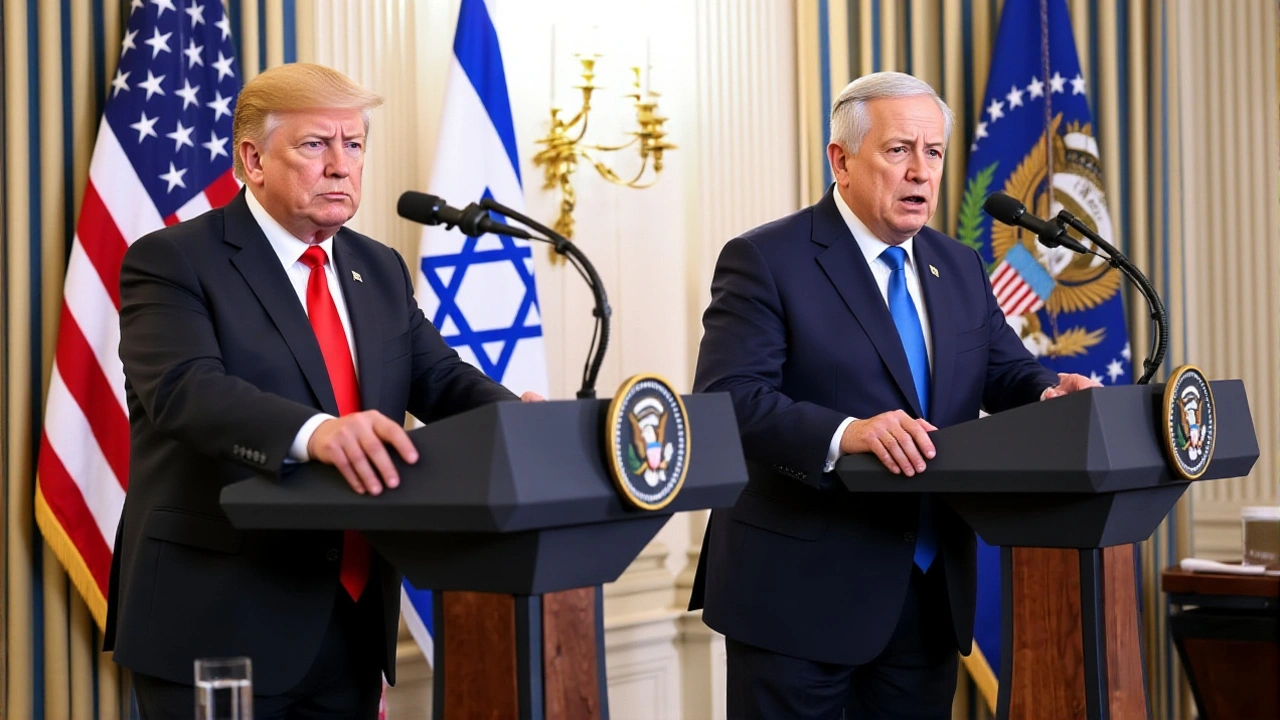Gaza Peace Plan: A Straight‑Talk Look at What’s on the Table
If you’ve been scrolling the news lately, you’ve probably seen the term “Gaza peace plan” pop up over and over. It sounds big, but at its core it’s a set of ideas aimed at stopping the fighting, getting aid to people who need it, and opening a path toward lasting calm. This article breaks down the main parts of the plan, explains why it matters to everyday folks, and points out the next steps that could turn talk into action.
Key Elements of the Proposal
First off, the plan isn’t a single document signed by everyone overnight. It’s a bundle of proposals that have been floated by the United Nations, a few Arab states, and some European countries. Here are the three pillars that keep coming up:
- Ceasefire and security guarantees. Both sides agree to stop shelling and rocket fire for a set period, with UN peacekeepers or an international monitoring team watching the border.
- Humanitarian corridors. Safe routes are opened so food, medicine, and reconstruction supplies can reach Gaza without being caught in the crossfire. This also includes a month‑long window for aid trucks to move freely.
- Political roadmap. Talks about borders, water rights, and the status of Jerusalem are scheduled over the next two years, with each side taking small, verifiable steps before moving on.
What makes this different from past attempts is the emphasis on on‑the‑ground monitoring and the involvement of local civil society groups. They’re meant to keep the bigger powers from pulling the rug out from under the agreements.
What Happens Next?
Now that the basics are out there, the real work begins. Here’s what you might see in the coming weeks:
- Negotiations in Geneva. Delegates from Israel, the Palestinian Authority, and Hamas‑aligned groups are set to meet with UN mediators. Expect a lot of back‑and‑forth on the length of the ceasefire.
- Funding pledges. International donors are being asked to lock in money for reconstruction. Without cash, even the best‑written plan stalls.
- Local implementation teams. On both sides, NGOs will start training volunteers to manage the humanitarian corridors and report violations.
If any of these steps break down, the plan could dissolve as quickly as it formed. That’s why many experts stress the need for clear, measurable milestones—like “no rocket fire for 30 days” or “10,000 metric tons of aid delivered by month two.”
For ordinary people watching from home, the most immediate impact will be the flow of aid. Schools, clinics, and small businesses in Gaza rely on those supplies to function. A steady ceasefire also means fewer families forced to flee their homes, which cuts down on the refugee wave that spills into neighboring countries.
On the political side, a functioning peace plan could shift regional dynamics. Countries that have been split over the conflict might find common ground in supporting reconstruction, which could open doors for broader economic cooperation in the Middle East.
Bottom line: the Gaza peace plan is a set of practical steps rather than a lofty ideal. Its success depends on trust, funding, and international watchdogs keeping everyone honest. Keep an eye on the headlines, but also watch for the smaller, on‑the‑ground signs that the plan is moving from paper to reality.
Trump and Netanyahu Unveil 20‑Point Gaza Peace Plan at White House
Trump unveils a 20-point Gaza peace plan at the White House with Netanyahu's backing, urging Hamas to disarm. International allies signal support as the world watches for a response.

